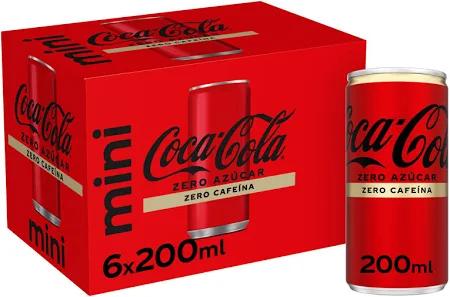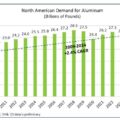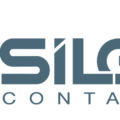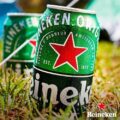Consumption of canned beverages in America has registered a 5% decrease in the third quarter of 2025, while the price of aluminum has risen 54% in the last ten months. This combination of factors is driving manufacturers to explore new can formats and sizes to adapt to falling sales and changes in consumption habits.
Crown Holdings reported a 15% drop in volumes in Brazil and Mexico, although it observed a rebound in shipments in October. Its CEO, Tim Donahue, explained that the increase in the price of aluminum has been passed on to customers without affecting absolute margins and is confident in the recovery of volumes in 2026.
For its part, Ardagh Metal Packaging reported a 1% year-on-year decrease in global can shipments. In Europe, shipments grew by 2%, while in America they fell by 3%, with a 17% drop in Brazil. The company is working on adapting its production lines to different can sizes to respond to new demands.
The changes in the market reflect an adjustment in consumption: almost half of Americans planned to reduce their alcohol intake at the beginning of 2025, according to Circana. Companies such as Molson Coors have announced staff cuts and restructurings, while Constellation Brands and Heineken report declines in sales and volumes, although they highlight that cans remain the preferred format for consumers.
In the non-alcoholic beverage sector, companies such as Coca-Cola are betting on new formats and mini cans, adapting their strategy to the pressure on disposable income and changes in consumption habits. The company has tested, for example, duo packs of Coca-Cola Zero Sugar in Brazil and has highlighted that mini cans already generate one billion dollars in annual revenue.
The sector continues to seek solutions to respond to economic variations, consumption preferences and regulations, while manufacturers explore innovation in formats to maintain the relevance of cans in the market.














